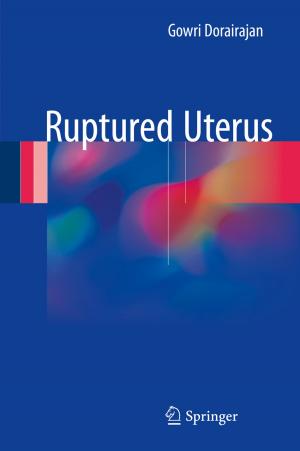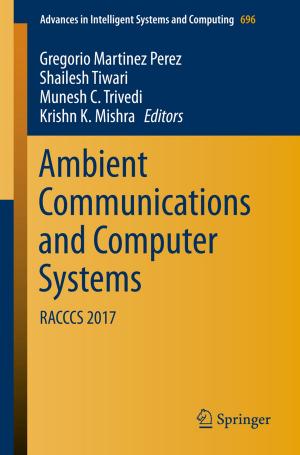Chiral Four-Dimensional Heterotic String Vacua from Covariant Lattices
Nonfiction, Science & Nature, Science, Physics, Nuclear Physics, Quantum Theory| Author: | Florian Beye | ISBN: | 9789811008047 |
| Publisher: | Springer Singapore | Publication: | November 9, 2016 |
| Imprint: | Springer | Language: | English |
| Author: | Florian Beye |
| ISBN: | 9789811008047 |
| Publisher: | Springer Singapore |
| Publication: | November 9, 2016 |
| Imprint: | Springer |
| Language: | English |
This book is placed at the interface between string theory and elementary particle physics and shows novel results in the search for a heterotic string vacuum that reproduces those matter particles and interactions observed in our universe. The author provides a systematic classification of potentially realistic heterotic covariant lattice vacua, which possess a lower number of moduli fields when compared to conventional compactification methods, by means of number theoretical methods. These methods, while well known to the mathematics community, have not yet found many applications to physics. They are introduced to the degree necessary to understand the computations carried out throughout this work. Furthermore, explicit covariant lattice models with particularly interesting properties are analyzed in detail. Finally, new light is shed on the relation between covariant lattice models and asymmetric orbifold compactifications, the result being a concrete correspondence between certain types of asymmetric orbifolds and those classified covariant lattices.
This book is placed at the interface between string theory and elementary particle physics and shows novel results in the search for a heterotic string vacuum that reproduces those matter particles and interactions observed in our universe. The author provides a systematic classification of potentially realistic heterotic covariant lattice vacua, which possess a lower number of moduli fields when compared to conventional compactification methods, by means of number theoretical methods. These methods, while well known to the mathematics community, have not yet found many applications to physics. They are introduced to the degree necessary to understand the computations carried out throughout this work. Furthermore, explicit covariant lattice models with particularly interesting properties are analyzed in detail. Finally, new light is shed on the relation between covariant lattice models and asymmetric orbifold compactifications, the result being a concrete correspondence between certain types of asymmetric orbifolds and those classified covariant lattices.















